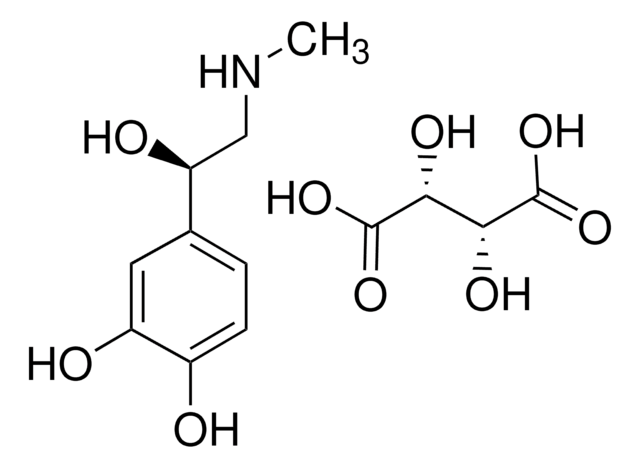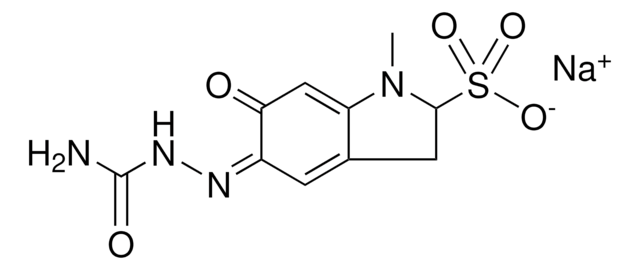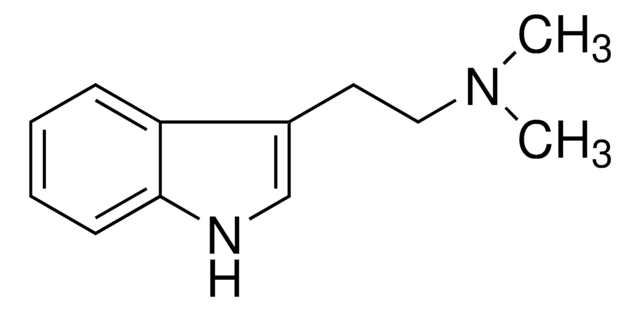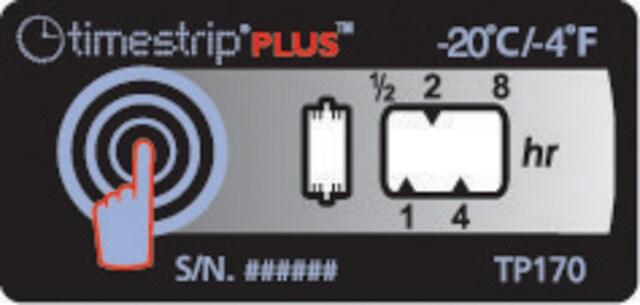A5752
Adrenochrome
≥95% (HPLC)
Synonyme(s) :
3-Hydroxy-1-methyl-5,6-indolinedione
About This Item
Produits recommandés
Niveau de qualité
Pureté
≥95% (HPLC)
Forme
powder
Couleur
red to brown
εmax
3-4.5 at 485-490 nm in water
9.0-10.5 at 299-304 nm in water
Application(s)
diagnostic assay manufacturing
hematology
histology
Température de stockage
−20°C
Chaîne SMILES
CN1CC(O)C2=CC(=O)C(=O)C=C12
InChI
1S/C9H9NO3/c1-10-4-9(13)5-2-7(11)8(12)3-6(5)10/h2-3,9,13H,4H2,1H3
Clé InChI
RPHLQSHHTJORHI-UHFFFAOYSA-N
Catégories apparentées
Application
Actions biochimiques/physiologiques
Produit(s) apparenté(s)
Code de la classe de stockage
11 - Combustible Solids
Classe de danger pour l'eau (WGK)
WGK 3
Point d'éclair (°F)
Not applicable
Point d'éclair (°C)
Not applicable
Équipement de protection individuelle
Eyeshields, Gloves, type N95 (US)
Certificats d'analyse (COA)
Recherchez un Certificats d'analyse (COA) en saisissant le numéro de lot du produit. Les numéros de lot figurent sur l'étiquette du produit après les mots "Lot" ou "Batch".
Déjà en possession de ce produit ?
Retrouvez la documentation relative aux produits que vous avez récemment achetés dans la Bibliothèque de documents.
Les clients ont également consulté
Notre équipe de scientifiques dispose d'une expérience dans tous les secteurs de la recherche, notamment en sciences de la vie, science des matériaux, synthèse chimique, chromatographie, analyse et dans de nombreux autres domaines..
Contacter notre Service technique








